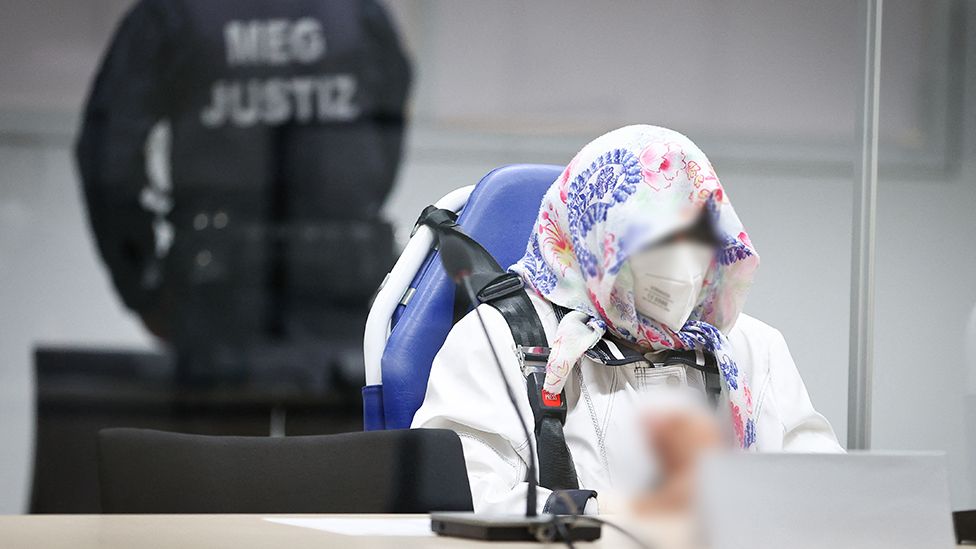Irmgard Furchner: Nazi typist guilty of complicity in 10,500 murders

The murder of more than 10,500 persons was committed with the help of a former secretary who worked for the Nazi camp commander. Irmgard Furchner, now 97, worked in Stutthof as a young shorthand typist from 1943 until 1945.
Furchner received a two-year suspended sentence and became the first woman to face trial for Nazi crimes in decades. Despite the fact that she was a civilian employee, the judge found that she was fully informed of all activities at the camp. According to estimates, 65,000 people—including Jewish prisoners, non-Jewish Poles, and captured Soviet soldiers—died at Stutthof in appalling conditions.
Furchner was held responsible for the attempted murder of five other people as well as the murder of 10,505 people. She was tried in a special juvenile court since at the time, she was just 18 or 19 years old. Detainees were murdered at Stutthof, a concentration camp close to the present-day Polish city of Gdansk, starting in June 1944. Thousands of them perished in gas chambers.
The court in Itzehoe, Germany, heard testimony from camp survivors, some of whom had since passed away. Irmgard Furchner fled her retirement community when the trial started in September 2021 and was eventually discovered by police on a street in Hamburg. Stutthof commandant Paul-Werner Hoppe was jailed in 1955 for being an accessory to murder and he was released five years later.
A series of prosecutions have taken place in Germany since 2011, after the conviction of former Nazi death camp guard John Demjanjuk set the precedent that being a guard was sufficient evidence to prove complicity.
Additionally, because Furchner handled correspondence pertaining to Stutthof prisoners and reported directly to the camp commander, this decision meant that she could be tried.
It took 40 days for her to break her silence in the trial, when she told the court “I’m sorry about everything that happened”.
“I regret that I was in Stutthof at the time – that’s all I can say,” she said.
Her defence lawyers argued she should be acquitted because of doubts surrounding what she knew, as she was one of several typists in Hoppe’s office. After the war, Furchner married an SS squad leader called Heinz Furchstam whom she probably met at the camp. She went on to work as an administrative worker in a small town in northern Germany. Her husband died in 1972.
By accompanying two judges to the location of the camp, historian Stefan Hördler played a significant part in the trial. The visit revealed that Furchner had access to some of the worst camp conditions from the commandant’s office.
The historian testified at the trial that between June and October 1944, 27 transports carrying 48,000 inmates arrived at Stutthof after the Nazis made the decision to enlarge the camp and accelerate mass slaughter by using Zyklon B gas.
Picture Courtesy: Google/images are subject to copyright
